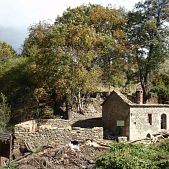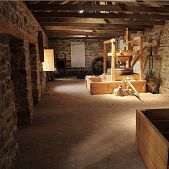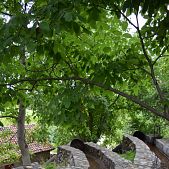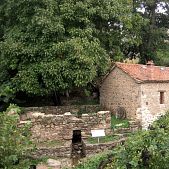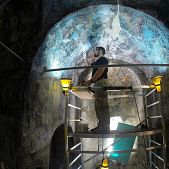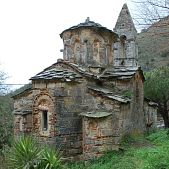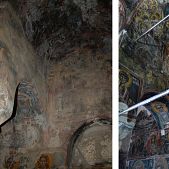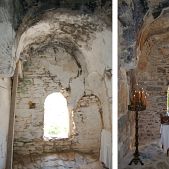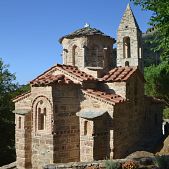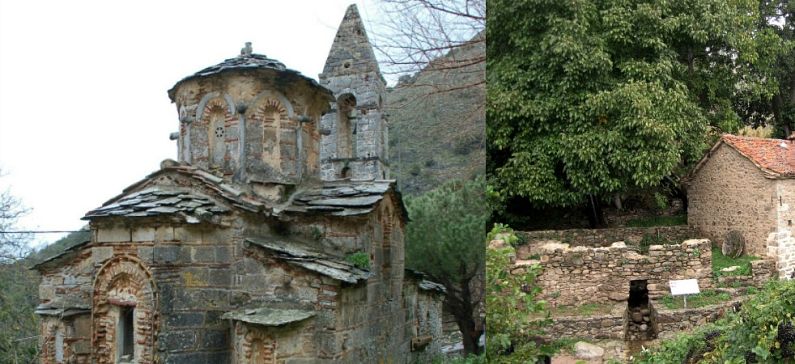
2 Greek monuments win Europa Nostra Awards 2016
2 Greek monuments, the Byzantine Church of St. Peter in Kastania, Mani and the traditional watermill in Agios Germanos, Prespes, are among the winners of the European Union Prize for Cultural Heritage / Europa Nostra Award 2016 that will be celebrated during a high-profile event at the historic Zarzuela Theatre in Madrid on the evening of 24 May.
The European Commission and Europa Nostra revealed the winners of the 2016 European Union Prize for Cultural Heritage / Europa Nostra Awards, Europe’s highest honour in the heritage field. The 28 laureates from 16 countries have been recognised for their exemplary achievements in conservation, research, dedicated service, and education, training and awareness-raising. Independent expert juries assessed a total of 187 applications, submitted by organisations and individuals from 36 countries across Europe, and selected the winners. Citizens from around the world can now vote online for the Public Choice Award and mobilise support for the award-winning project(s) from their own or another European country.
BYZANTINE CHURCH OF ST. PETER IN KASTANIA
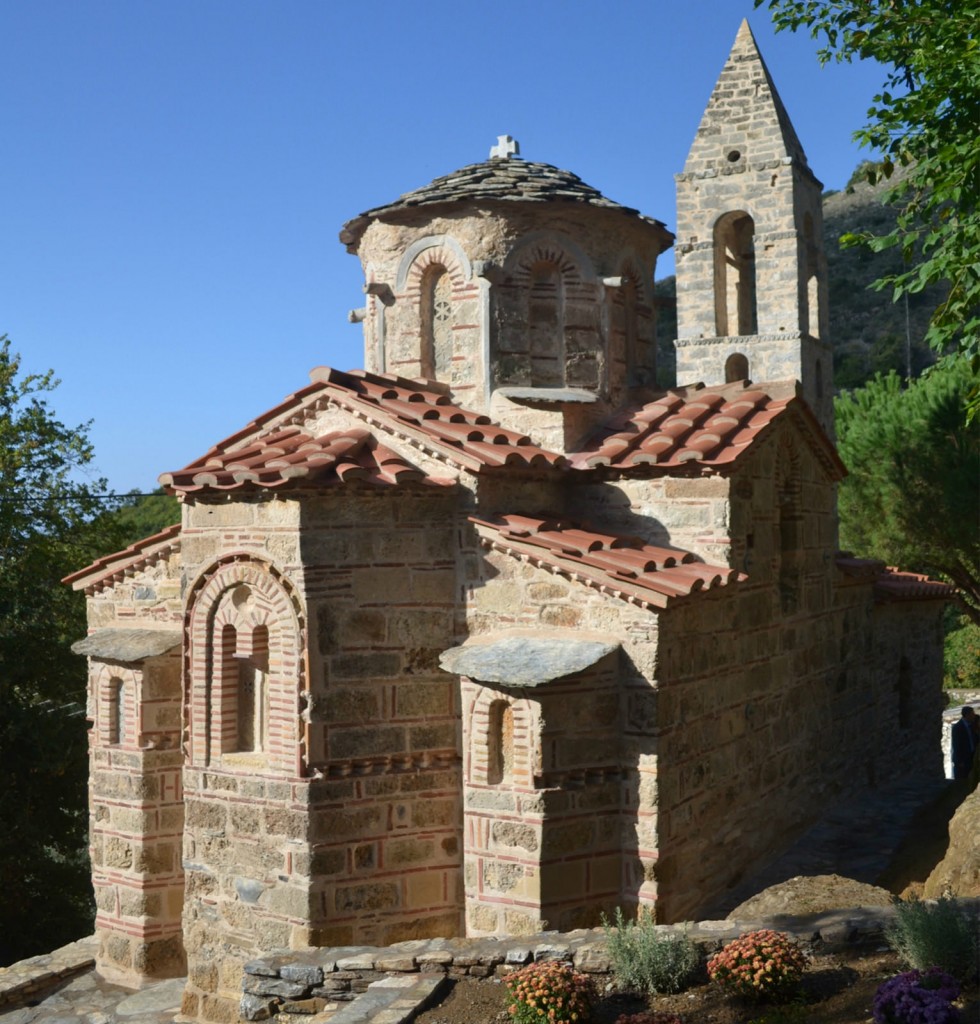
The church of St. Peter is the oldest of the ten Byzantine monuments in the village of Kastania. It is a cross-in-square domed structure of the late 12th century, with a portico added to the west side in the 13th century and a bell tower which was constructed in 1813. The church was in a poor state before the work began and faced serious structural problems due to weather exposure, inherent weaknesses and inappropriate past interventions. The interior decoration of an exquisite programme of Byzantine frescoes had also suffered greatly over the church’s 800-year lifespan.
The high quality restoration of the church included the securing of the building’s structural issues and the conservation of the interior decoration. The care which went into every aspect of the work is remarkable. The jury noted “the significance and importance of this European monument and its illustration of the Byzantine contribution to European culture”. The frescoes, which had previously been largely unintelligible, can now be studied in detail and will no doubt be of great value to researchers of Late Byzantine art. The restoration also made visible certain parts of the masonry work, located just under the roof tiles, which had previously been obscured by later additions. “The high-quality of the work both inside and outside is commendable and highlights many important aspects of Byzantine art and architecture in this period, particularly notable is the cloisonné masonry technique which the team has beautifully preserved”, the jury said.
TRADITIONAL WATERMILL IN AGIOS GERMANOS, PRESPES
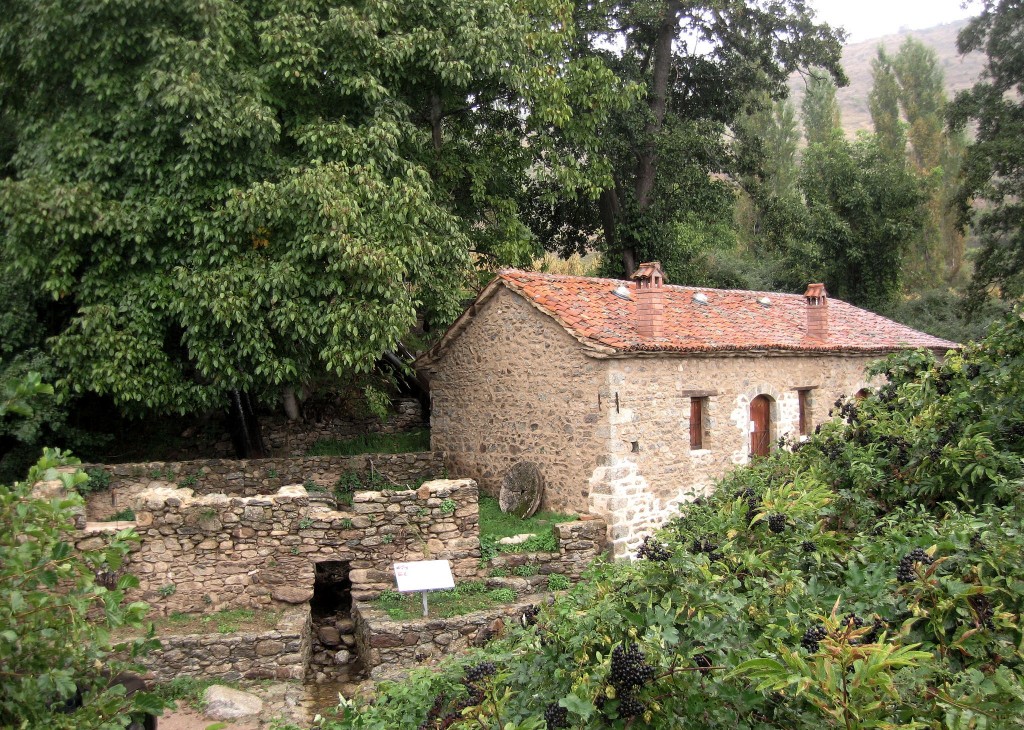
Of the 20 watermills in Prespes’ region, the watermill in the village of Agios Germanos is the only one which has been fully restored. The mill, located in the mountainous region of the National Park of Prespa, was originally constructed in 1930. The mill is in full working order and has three different mechanisms: one which grinds flour, another for cleaning fabrics and the third for textile finishing. The restoration involved repairing the building which was in a critical condition, reconstructing the destroyed mechanical systems, rebuilding the water supply system and installing new constructions in the surrounding area so that the mill is easily accessible to visitors. “With this Award, we commend the recovery of this early industrial mill which is highly characteristic of industrialisation in Europe. The complexity of the mill and the water supply system is beautiful and has been restored with a high level of expertise”, the jury stated.
The project was ambitious with the goal being to create a “living monument” of the region’s industrial heritage as well as reinstating the production of edible flour, which would in turn enhance and support traditional occupations in the village and the cultivation of organic cereals in the surrounding area. The engagement of volunteers and the whole community actively supported this project, with the village itself expressing its enthusiasm early on and devoting time to the construction and operation of the watermill. The jury noted “the high educational and social engagement which contributed to the sustainable economic and environmental development in the village and in the region on a wider scale. In addition to this, the project has inspired collaboration trans-nationally in this crucially located region, contributing to a culture of reconciliation and good neighbourliness”.

